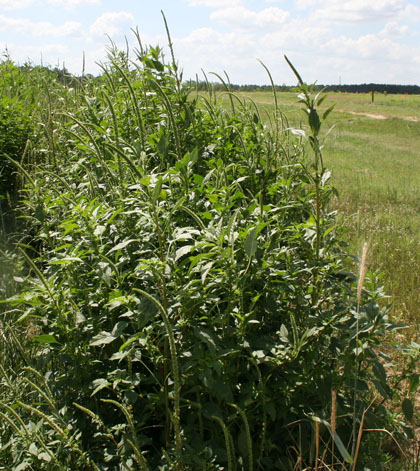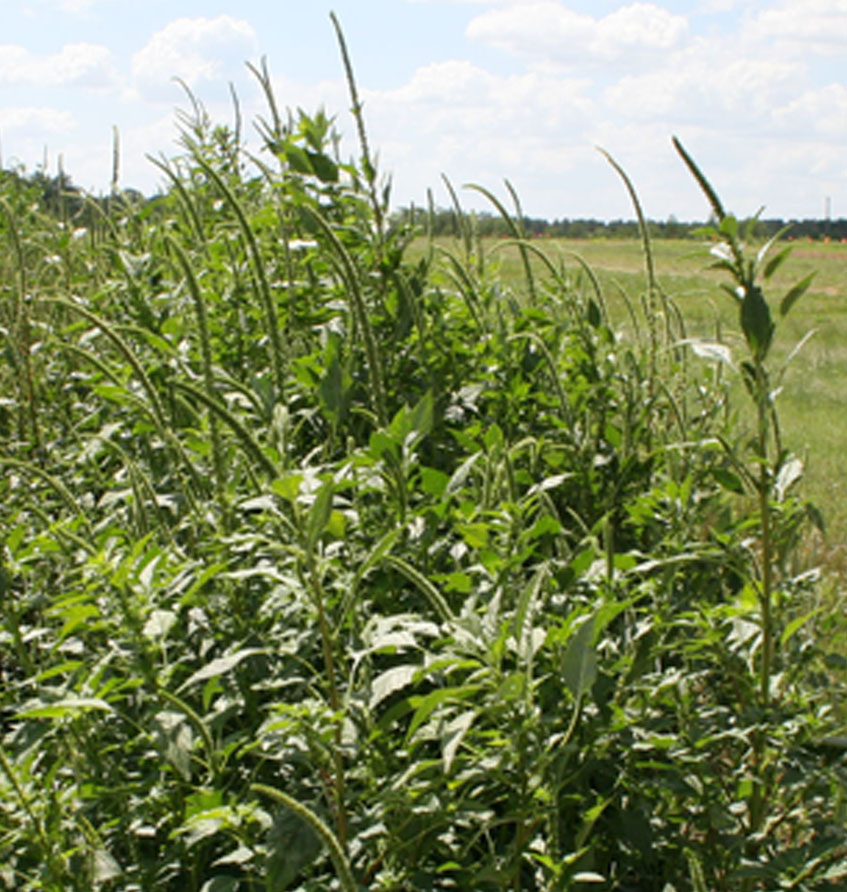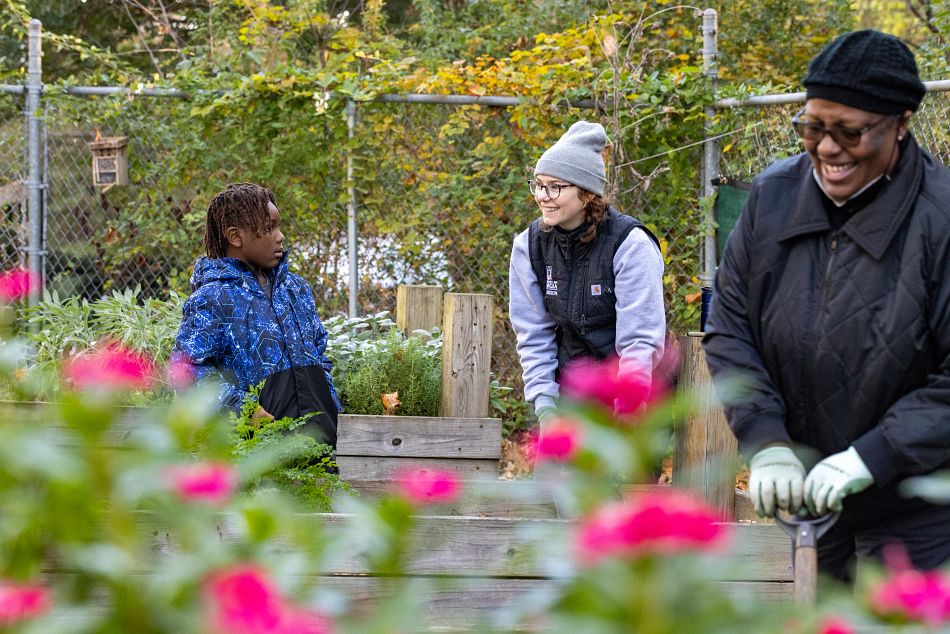A University of Georgia professor is advocating that farmers rotate the pesticides they apply to cotton crops in order to prevent another outbreak of the herbicide-resistant weed, Palmer amaranth.
In 2004, glyphosate-resistant Palmer amaranth was discovered in Macon County, Georgia. Being resistant to this herbicide allowed Palmer amaranth, commonly known as “pigweed,” to grow into the $100 million-a-year problem it is today for Georgia cotton farmers.
“One of the key things to know about herbicide resistance is that a weed is resistant to that herbicide before you ever spray it,” said William Vencill, a professor in the crop and soil sciences department of the UGA College of Agricultural and Environmental Sciences, during the Southern Weed Science Society annual meeting held in Savannah, Jan. 26-28. “Once you start spraying that herbicide time and time again without applying other herbicides or other diverse weed management techniques, that one-in-a-billion trait can start to survive and multiply.”
A herbicide-resistant weed can overtake a field in just two or three years, he said. “Then the pollen spreads and it overtakes the whole area,” Vencill said.
In the span of four years — from 2004 to 2008 — Palmer amaranth spread so fast that it quickly became a problem for farmers statewide, not just those in central Georgia.
One problem with Palmer amaranth is its ability to spread seed. Vencill said the weed can produce 1 million seed. One seed with a genetic trait of herbicide resistance is all that’s required to survive and become a problem, he said.
That’s what happened with Palmer amaranth and glyphosate. The herbicide was applied over and over again, a resistant trait survived and glyphosate-resistant Palmer amaranth became the No. 1 weed problem and economic pest for Georgia cotton farmers.
Vencill said many people call Roundup-resistant Palmer amaranth the South’s “‘driver weed’ — a weed that is economically devastating.” In Australia, the driver weed is ryegrass and in Europe it’s black grass, he said.
“It’s not that Palmer amaranth is the most widespread resistant [weed], it’s just such an economically devastating weed,” he said.
Vencill warns that a big concern Georgia farmers could face is sequential resistance, when a weed becomes resistant to other pesticides. Palmer amaranth was first resistant to imazapic (known as “Cadre”), which is frequently used in peanuts. This was discovered in 2001.
Growers who rotated to cotton then grew Roundup-ready cotton for several years. Vencill said within a population of ALS-resistant (acetolactate synthase) Palmer amaranth, selection began for glyphosate-resistant Palmer amaranth.
Vencill posed the question of what would happen if growers switch to LibertyLink cotton and use only the glufosinate herbicide for the next three years? Soon, a trait resistant to glufosinate would emerge, he said. As Palmer amaranth grows resistant to more and more herbicides, farmers’ treatment options could quickly become limited.
Vencill stressed that by rotating chemistries, farmers are ensuring all genetic traits of a weed are accounted for and eliminated.








